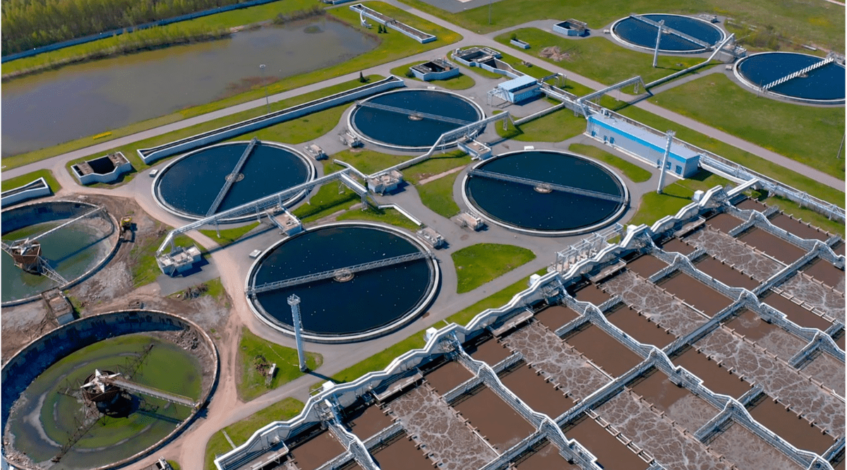Inorganic and organic modified montmorillonite and its application in sewage treatment

Although montmorillonite can use its own characteristics to remove pollutants in water, the hydrophilic inorganic ions between the layers of montmorillonite make the selective adsorption of organic pollutants in water poor.
At present, the adsorption capacity of montmorillonite for organic pollutants in water is mainly improved by means of acid modification, surface modification and inorganic pillar support. The surface of organic modified montmorillonite is hydrophobic, which is a good adsorption material for hydrophobic organic pollutants; pillared montmorillonite has good adsorption performance for inorganic pollutants.
However, wastewater often contains a variety of toxic and harmful substances. When a single modified montmorillonite is used to treat wastewater containing various pollutants, it has a problem of good adsorption performance for a certain substance, but poor adsorption performance for other toxic substances. It shows that the combination of various modification methods can effectively improve the removal ability of montmorillonite to water pollutants and enhance its reuse ability.
Inorganic salt modification is through ion exchange between montmorillonite (MMT) interlayer cations and one or more inorganic metal hydrated cations. The hydrated cations balance the negative charge on the silicon-oxygen tetrahedron and work with the interlayer solvent to make the montmorillonite. The soil removal and exfoliation disperse into a single wafer, which improves the adsorption capacity of MMT to pollutants in water.
However, the inorganic salt-modified montmorillonite only shows great affinity for oxygen-containing anions in water, and does not show a particularly strong adsorption capacity for phosphate ions, while the organic surfactant-modified montmorillonite can greatly The adsorption selectivity of montmorillonite to heavy metals is improved, but the pore structure of montmorillonite will be blocked, which will reduce the pore volume and specific surface area, which is not conducive to the adsorption of pollutants.
Therefore, researchers first used polymeric metal cations to intercalate montmorillonite, and then made pillared montmorillonite after calcination, and then used surfactant or silane coupling agent for secondary modification to prepare inorganic-organic composite modified montmorillonite. earth.
Inorganic-organic composite modification mainly uses surfactants or organosilanes as organic modifiers, and uses polymerized hydroxyl metal ions as inorganic pillaring agents. The obtained organic-inorganic composite modified montmorillonite contains both organic and inorganic types. The active group has both the mechanical framework and stabilizing effect of pillared montmorillonite, and the hydrophobic effect of organic montmorillonite. It has a large pore volume and specific surface area, and has good adsorption selectivity for heavy metal ions. Synergistic adsorption of organic pollutants can also be achieved.
The inorganic metal hydrated cations first exchange ions with the cations between the layers of the montmorillonite, so that the montmorillonite is exfoliated and dispersed, and then calcined to form an inorganic pillared montmorillonite with a large interlayer spacing, and the organic surfactant then enters the montmorillonite layer. Inorganic-organic modified montmorillonite was formed.
